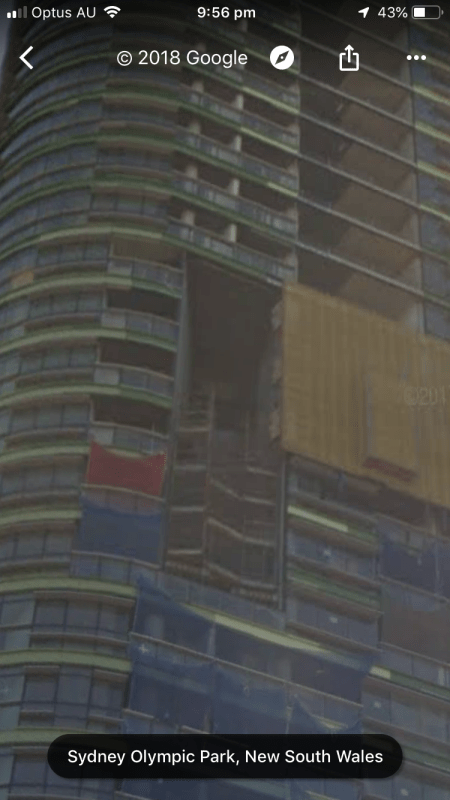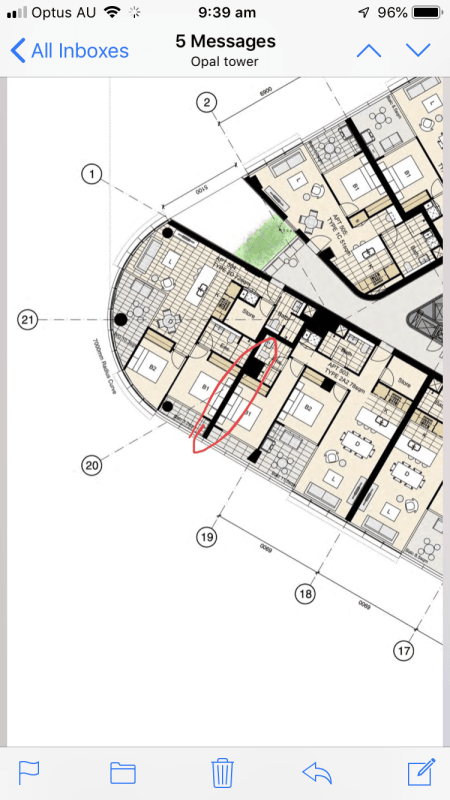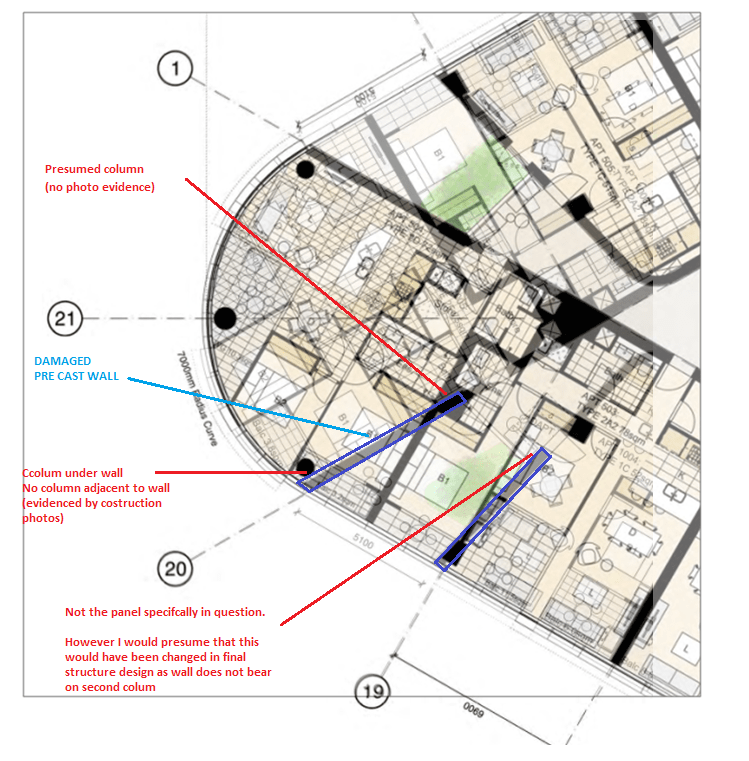I'm becoming an all too frequent poster. I am sick and on holiday so that is my excuse. I hope some people are finding my contributions informative and not too frequent!
SAIL3 said:
what are the qualification requirements for a certifier and who certifies the certifier?.....no system is perfect but the objective should be to reduce the probability of error wheather it is human or a result of corruption of the system.....here in the USA, the independent/peer review for major bldgs, while it can be a PITA for the design engr, has allot of merit as it introduces an independent oversight....
That is the second time you have asked that very good question and it hasn't been properly answered!
I would prefer somebody with better insight to answer it, as am ignorant on the specifics. I'll attempt to briefly answer it and not be too inaccurate!
Certifiers in NSW state seem to be an administrative box ticking role. In my work I've never seen independent (outside party) reviewing of structural engineering, to my knowledge it isn't common. As others have reported site visits from the responsible structural engineers can be quite uncommon in residential and commercial construction.
SAIL3 said:
many of the reports mention the "building industry"...are they a separate entity, self-regulating and where does the practicing engr fit into the system?....the engineering society seems to have a reduced influence on the the quality of the design until something goes wrong.....
The big players in the building industry are:
-the developers who are the financiers running the show (Generally they buy the land and sell the building. They engage the architects, structural engineers and a principal builder.)
-the principle builder, for big build these are usually an 'engineering company' though often they are more about project and contractor management than engineering. For small builds the builder may not contain any engineers.
-the practicing structural engineer is often just a small player in the scheme of things with little ownership and oversight over the build.
(I'm sure you can join the dots here of where potential problems can arise.)
SAIL3 said:
I had expected all hell to break loose after the cladding problem but as time goes on there seems to be only a muffled response...
The issue here is similar to asbestos in buildings, it will take a good decade to get sorted. The scale of the issue is so large that dealing with it in a timely fashion is difficult except in the most dangerous implementations. Also delaying the process are lawsuits working out who is responsible.
As a side comment. In society, commerce and industry Australia generally has more extensive oversight and government protections than the USA. But in building industry Australia seems to have regressed considerably in the last 30 years. The general lay public are not blind to this. Which is why this single incident has trigger such a big media and political response.
mangotree said:
Hi, I was wondering what everyone thinks of this theory:-
The “transfer beam” is a concrete upstand beam that it acts both as a beam and as the planter wall. (When you look at the balcony photo, the top of the beam that runs along the apartment wall should align with the top of the planter hob that runs into it. However, they are now misaligned as the top of the upstand beam is now lower than the top of the planter.)
The other photo showing a crack has some kind of white sleeve or conduit sticking out of the mess, that could indicate that this beam was post tensioned. Perhaps the post tension wires failed. I remember reading resident’s accounts of banging and screeching sounds.
You raise some interesting points. However I'm not sure there are transfer beams in play with the precast slabs. For a couple reasons:
1. No transfer beams can be seen in the photos at the top of the wall. (Levels 15/16) If one is necessary below, then one would likely be needed above.
2. To my knowledge there has only been mention of transfer beams once by the Wood & Grieve Engineers. “The large structural offsets at the
base of the towers created a particular challenge. The difficulty was in the coordination of transferring sewer and storm water services through the
deep transfer beams and large transfer slabs. (They are not the primary engineers, they just chose to speak to the media about the plumbing)
3. The deep transfer beams and slabs can readily be seen at the top of ground floor. Presumably they have larger spans on the ground floor that was original detailed in the architectual drawings. Larger columns are evident.
.
All that said I had noticed that item that looks like a conduit. I can't explain it, beyond assuming it isn't a conduit. Post tensioning a wall along that axis would likely give poor performance. All reports have said that it is precast walls that have been damaged.






